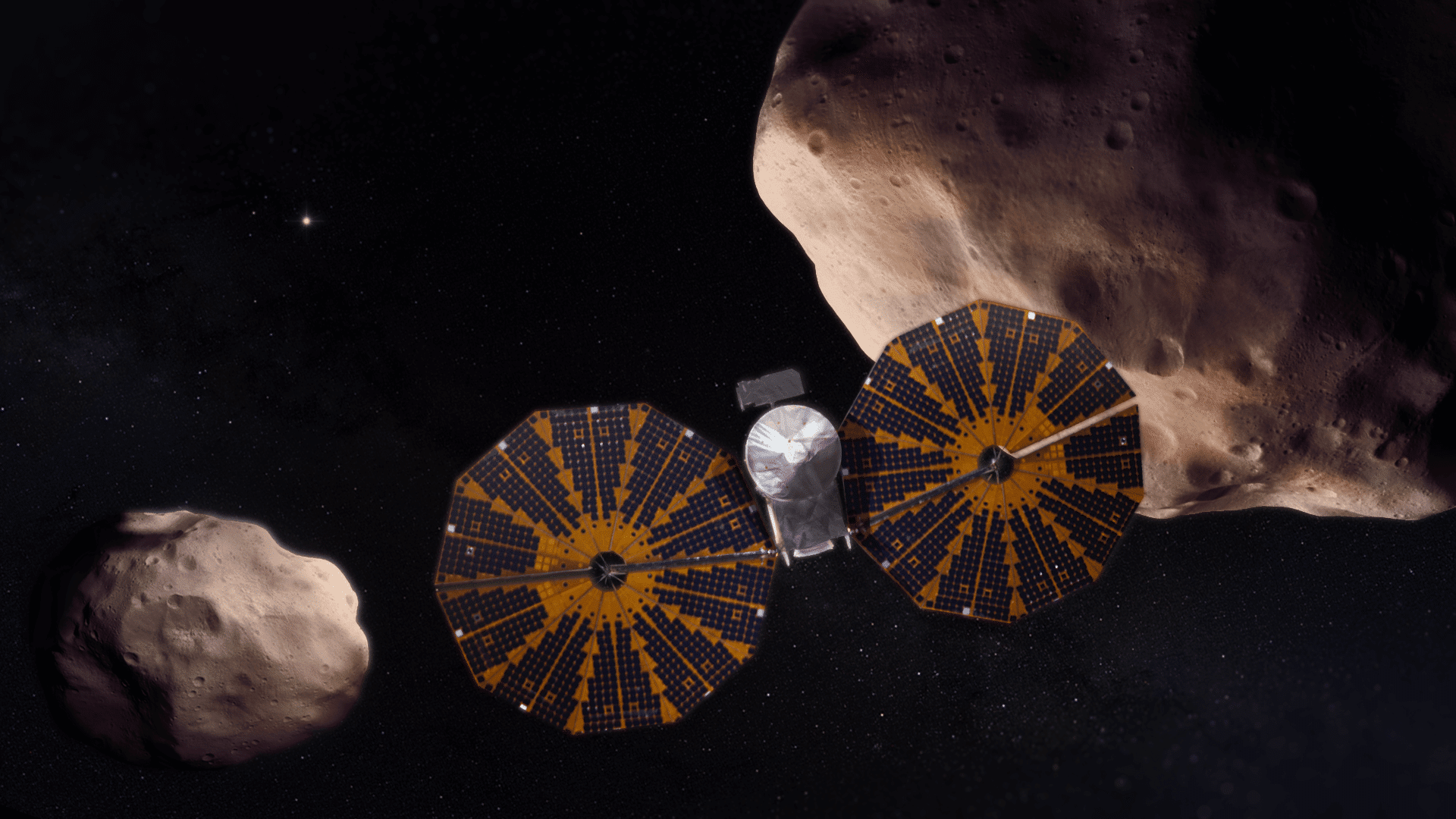Lucy will fly up to 400 km from the surface of its targets - asteroids that are in sync with the planet Jupiter, and will use its instruments and large antennas to study their geology, including composition, mass, density and volume

NASA tonight launched its first spacecraft to study Jupiter's Trojan asteroids to gain new insights into the formation of the solar system 4.5 billion years ago, the space agency said Tuesday.
The probe, named Lucy after an ancient fossil that provided insights into the evolution of the human race, was launched from the Cape Canaveral Space Force Station in Florida.
Its mission is to study the group of rocky bodies that orbit the Sun in two swarms, one before Jupiter in its orbit and the other after Jupiter.
After receiving a boost from Earth's gravity, Lucy will begin a 12-year journey to eight different asteroids – one in the main belt between Mars and Jupiter and then seven Trojans.
"Despite the fact that they are actually in a very small area of space, they are very different from each other physically," Hal Levison, the mission's chief scientist, told reporters, referring to the Trojan asteroids, which total more than 7,000.
"For example, they have very different colors, some are gray, some are red," he added, with the differences indicating the distance from the sun where they may have formed before taking their current orbit.
"Whatever Lucy finds will give us vital clues about the formation of our solar system," added Laurie Glaze, director of NASA's Planetary Sciences Division.
Lucy will fly up to 400 km from the surface of its targets and use its instruments and large antennas to study their geology, including composition, mass, density and volume.
The spacecraft was built by Lockheed Martin and includes more than three kilometers of cables and solar panels, which if placed in a row would reach the height of a five-story building.
It will be the first solar-powered spacecraft to travel this far from the Sun, and will observe more asteroids than any spacecraft before it. The total cost of the mission is $981 million.
The researchers who discovered the Lucy fossil in Ethiopia in 1974 named it after the beetles' song "Lucy in the Sky with Diamonds" which they played loudly in the expedition's camp.
In recognition of this legacy, the official NASA mission logo is in the shape of a diamond.

One response
A diamond was found in one of the spacecraft's measuring devices, so Lucy is definitely in the sky with a diamond.
Apart from that, the statement that all asteroids are "in a very small area of space" is simply ridiculous, since they surround their Lagrange points L4 and L5 and cover a huge volume that easily swallows the Earth's orbit around the Sun.